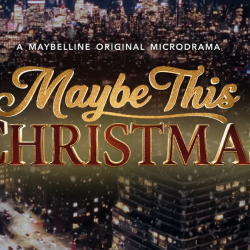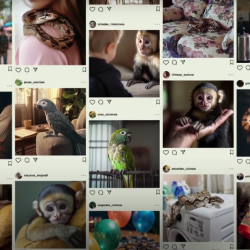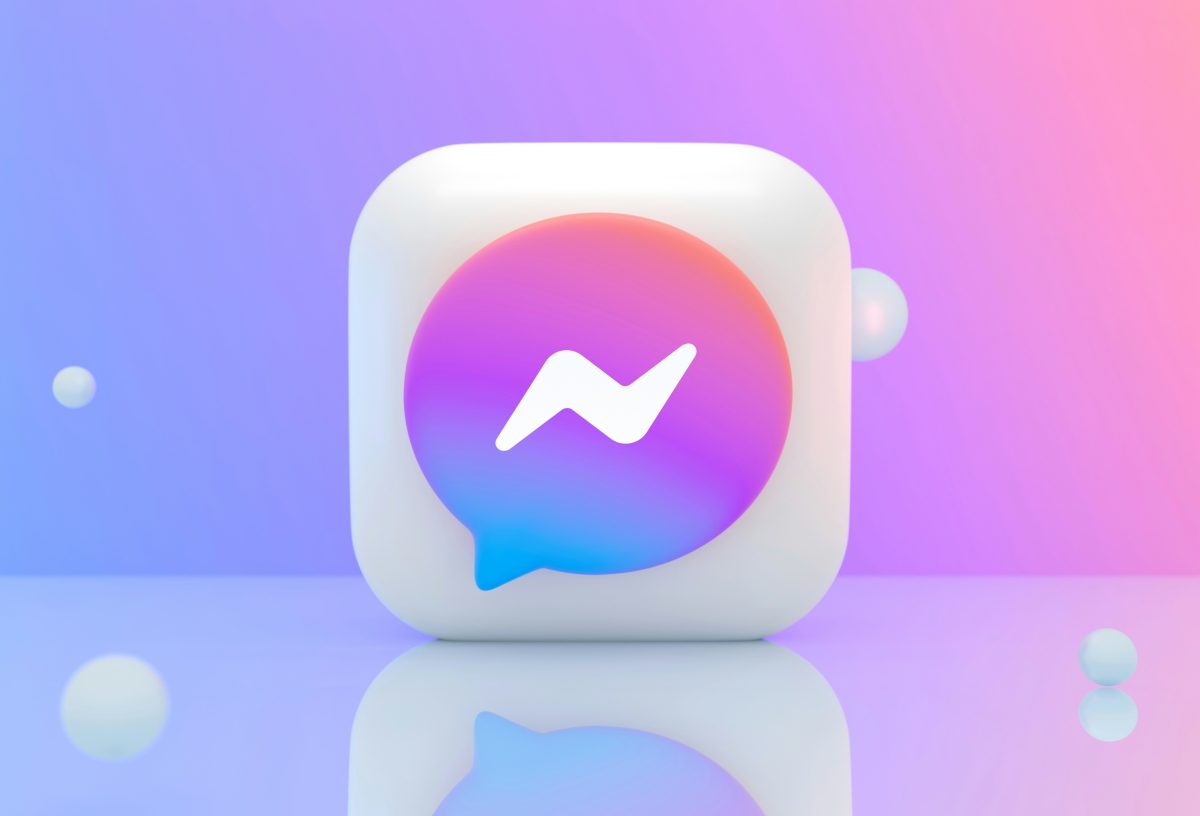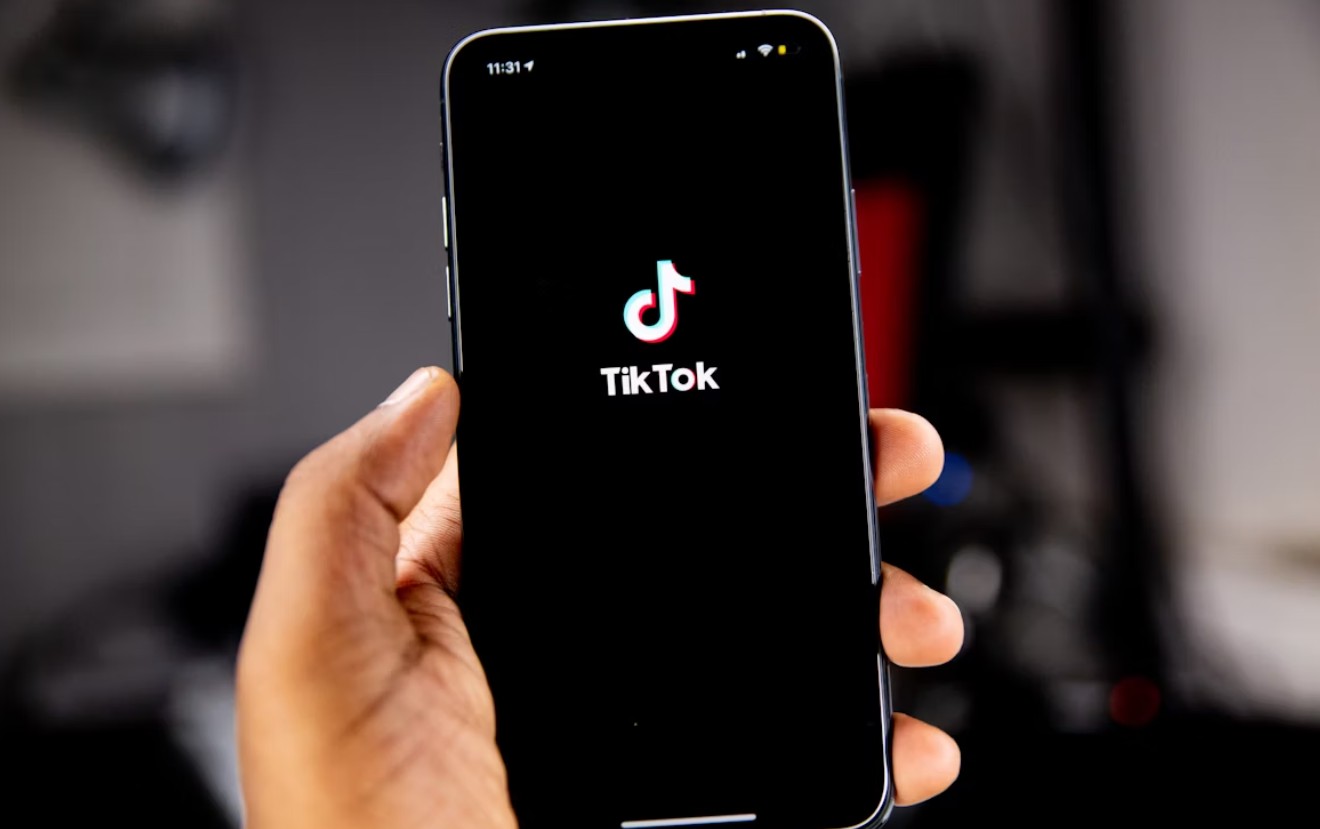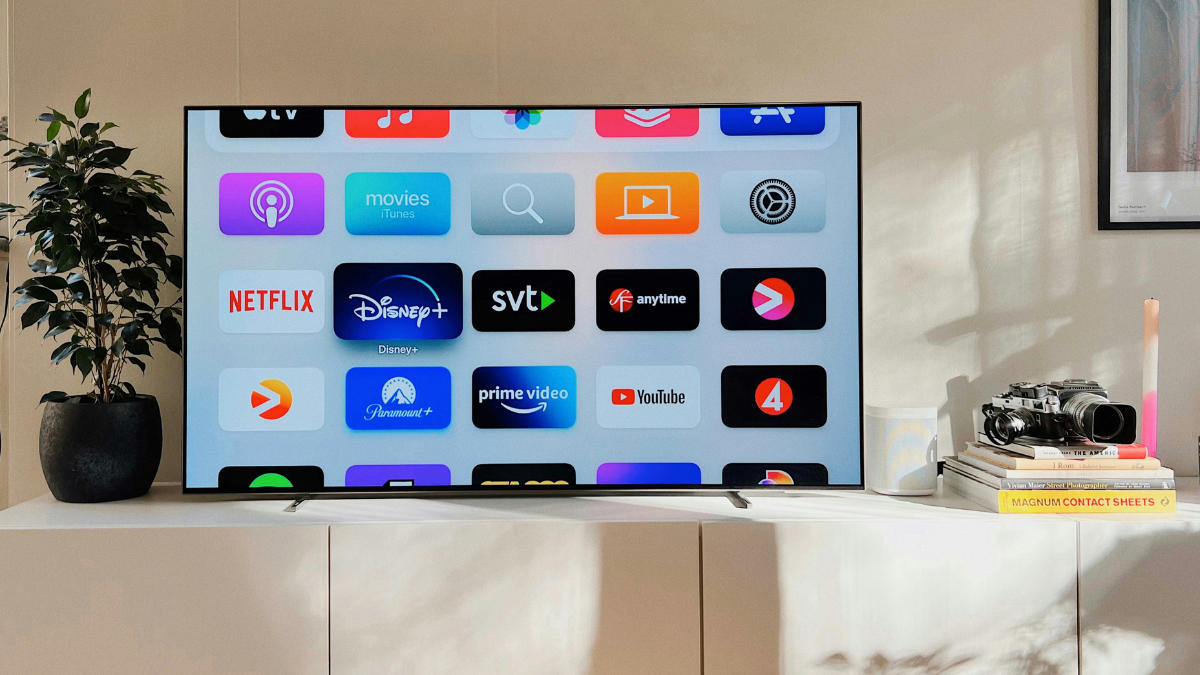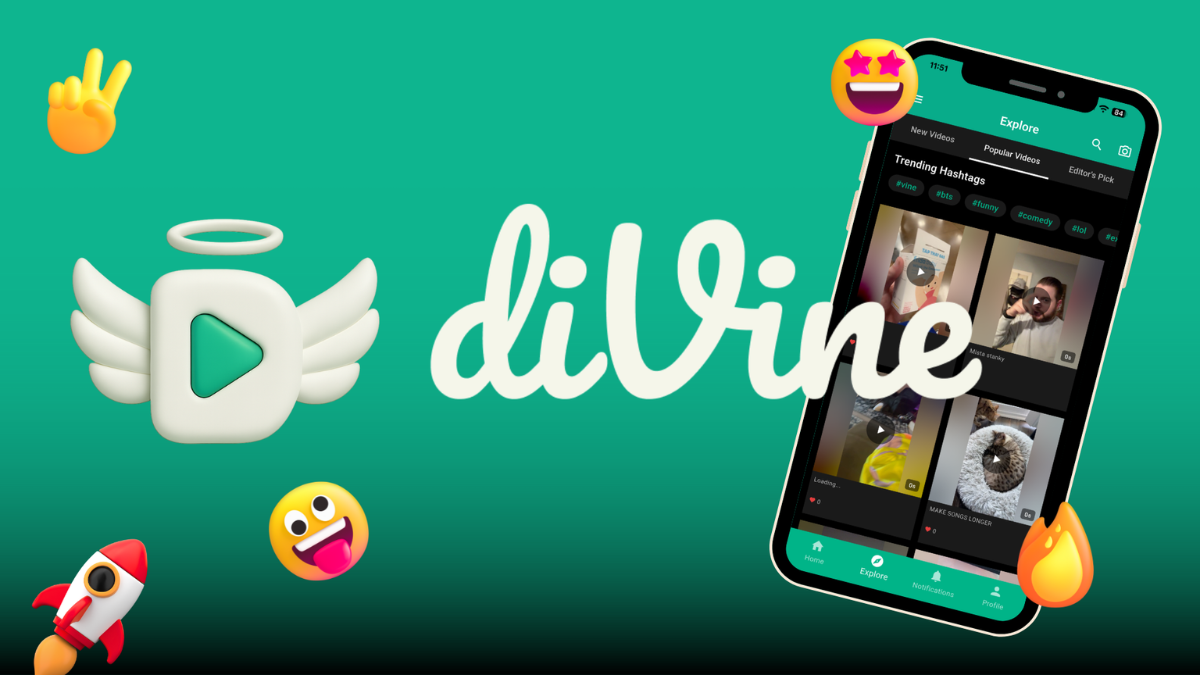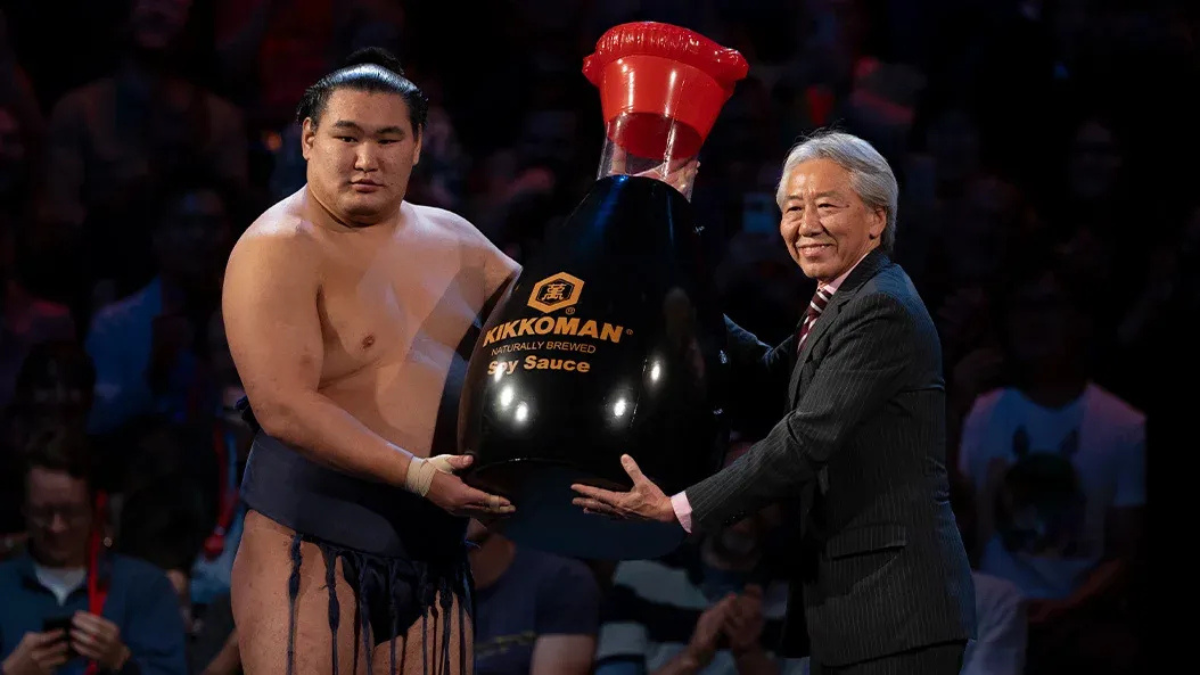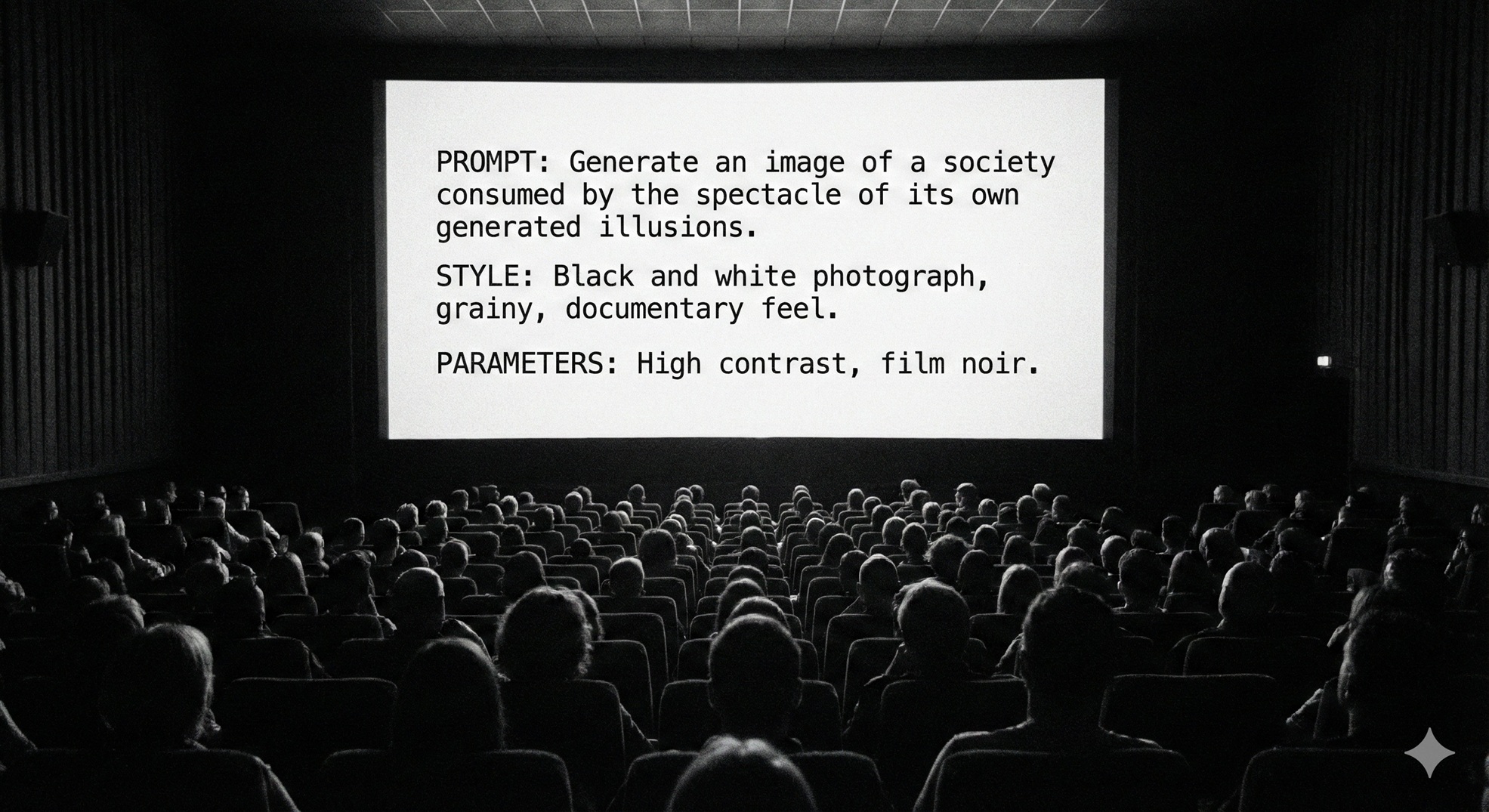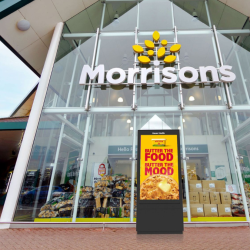Meta is updating its platforms to give more prominence to direct messaging (DMs).
Threads has expanded its messaging options with a new group chat function, as well as the capacity to send photos, videos and stickers in private messages. Messaging services are also now available to users in Europe — after being introduced in the US in July — encouraging more users and more conversations to move to DMs.
Meta is also moving to boost the visibility of DMs on Instagram. A new user interface is being offered to users — and will soon be rolled out to all — that moves Reels and DMs to the second and third tab spots on the bottom navigation panel, and lets users swipe between them and their news feed.
The focus on direct messaging comes as platform feeds become increasingly the province of professional creators, and casual users increasingly turn to social media to just scroll, or to communicate privately with friends. As Instagram chief Adam Mosseri posted on Threads last week: ‘We’re organising the app around what people use it for most, which has increasingly been reels and DMs.’
Inevitably, more brands will want to follow users into direct message channels, and as time spent on social media broadly declines, the platforms will likely be more open to anything that creates new sources of revenue. Here are a few examples of brands that have excelled in using direct messages to their maximum potential.
Louis Vuitton
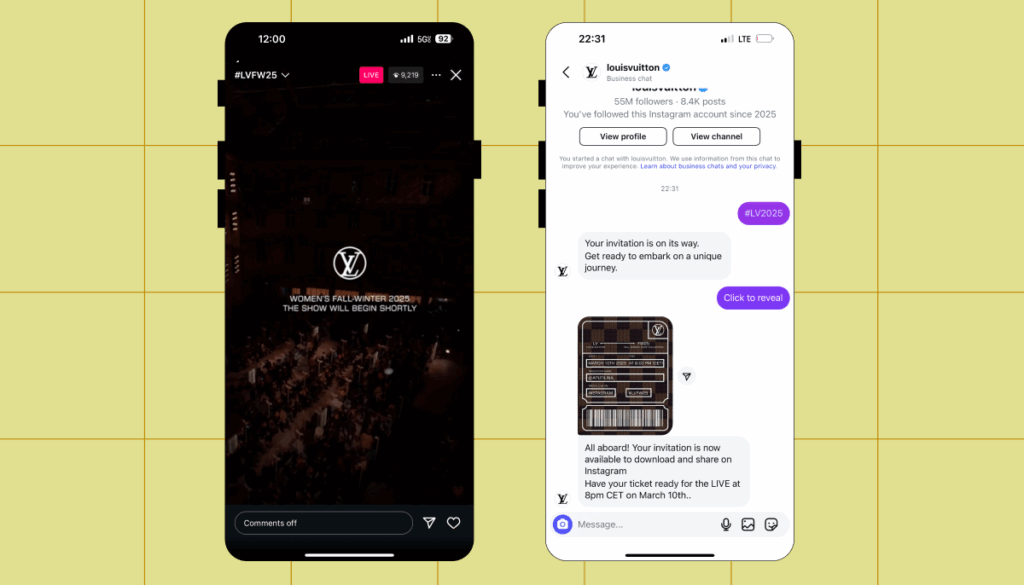
VML and Manychat built an automated DM campaign for Louis Vuitton on Instagram, to promote the luxury brand’s Paris Fashion Week show, which resulted in 21,000 tickets being sent out. A story on Louis Vuitton’s Instagram invited followers to interact to receive a personal invite to the show, sent by Manychat’s bot as a private message, giving the tickets a sense of exclusivity, which led to followers sharing them widely and generating more interest.
Luxury consumer psychologist at INSEAD, Dr. Vanessa Wu, said that the personalised ticket ‘created an intimate moment between the brand and consumer’ and made recipients feel ‘individually acknowledged by a prestigious brand, triggering the same neurological reward responses as exclusive in-store experiences’.
Other luxury brands like Maison Margiela and Bally have also made a point of inviting influencers and content creators to collaborate through DMs first, giving them an easy screenshot to share on socials to promote the collaboration.
Dior has also been praised for its DMs, which include videos giving style advice or showing off new collections, making them seem higher-quality than is expected in an automated message.
Hellmann’s
Hellmann’s mayonnaise in Brazil used WhatsApp messaging to achieve 99.5% consumer engagement. The WhatsCook campaign invited anyone who saw the brand’s Super Bowl campaign to reach out to Hellman’s WhatsCook bot on WhatsApp to get access to over 500 new recipes for mayonnaise-based dishes
According to Hellmann’s, over 13,000 people took part in the campaign — which cost just $900 to create — and the average respondent spent over 65 minutes engaging with the bot. The WhatsCook bot was then quickly rolled out in more countries across South America.
Hyundai
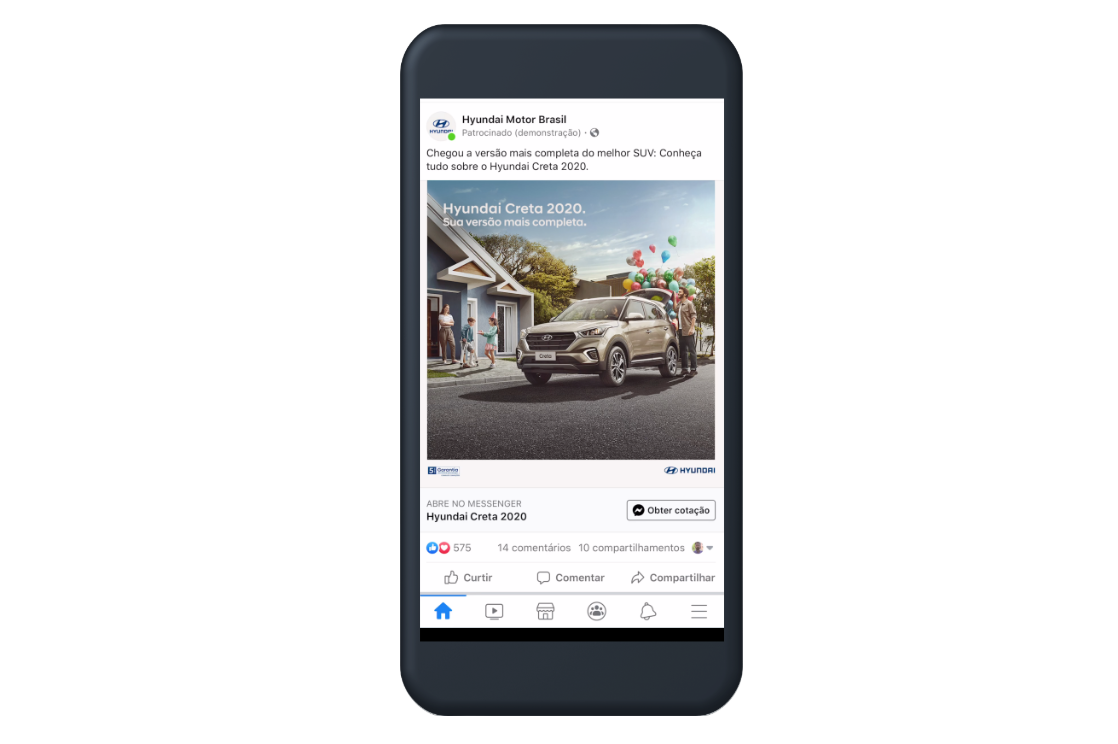
Hyundai created AI-powered virtual test drives in Facebook Messenger, as well as a ‘Messenger-powered digital assistant’, which deputy marketing director Jan Telecki says turned Messenger into a ‘lead generation channel’. In Australia, the AI chatbot, which scheduled test drives for customers, was praised for offering a convenient and quick way for people to find out more about the car, as well as giving them a personalised service that made the offering more attractive. Meta reported that these ads reduced cost per lead by 27%, compared with previous campaigns.
Main image by Mariia Shalabaieva on Unsplash
